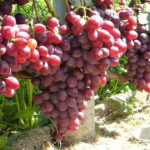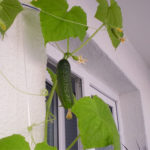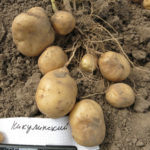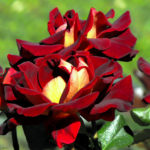Honeysuckle variety Gerda
Honeysuckle is widespread in Russia, as, perhaps, nowhere else in the world. This berry is able to grow in cool climates and withstand recurrent spring frosts. The first mass consumer varieties of honeysuckle appeared in the country in the 80s of the last century, although Michurin worked a lot on the cultivation of the species. Since then, there are already about a hundred of them in the State Register, and among this abundance is our current heroine.
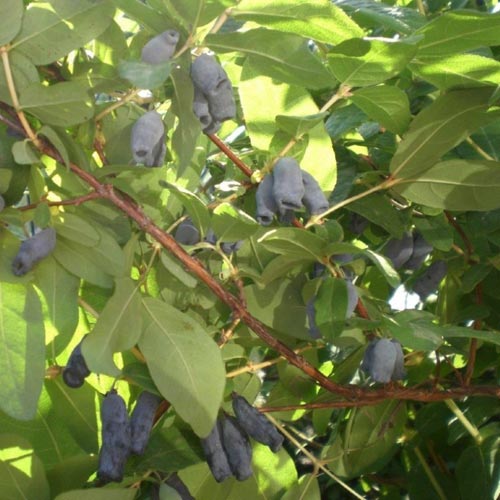
History of creation
The Gerda variety was created in 1987 at the N.N. M. Lisavenko. In 1994 it was entered into the register of the Barnaul Federal Scientific Center of Agrobiology. To obtain it, the variety was taken as a basis. Blue bird (from the group of Kamchatka honeysuckles), as well as a mixture of pollen from honeysuckles from different regions.
Description of the variety
Based on its origin, it belongs to the Kamchatka honeysuckle species. The bush is spreading, undersized, with a rounded crown. It rarely exceeds 1.5 meters in height.
Leaves are bright green, slightly elongated, with a pronounced pointed tip. By the way, they are valued in folk medicine as raw materials for decoctions and teas. Young shoots are straight, dull.
The berries are medium in size, each weighing 0.6-0.7 grams. The color of the fruit is blue-black, oval in shape, with a slightly elongated top. Ripe berries have a bluish-gray bloom.
The taste is good, sweet and sour, with a complex aroma, the pulp is tender. The crop ripens early, already in mid-June. The stalk is strong, long, the berries can hang for a long time without crumbling. The fruiting period is extended in time, but for the above reason, the yield losses are small.
The first berries may appear on Gerda as early as the second year after planting the bush, but the real harvest can be removed in 3-4 years. 1.2 - 1.6 kg are obtained from the bush. fruits.
It can be pollinated by any Kamchatka honeysuckle, but the best results are brought by such varieties as Assol, Chelyabinka, Kuvshinovidnaya. It pollinates itself weakly.
Features of agricultural technology and use
"Gerda" is an unpretentious plant, very winter-hardy and not susceptible to diseases. Nevertheless, it is better to mulch the area of the trunk circle, especially for young specimens. Horse humus mixed with pine needles will be a good mulch.
Little is damaged by pests. It grows best in partial shade, on water-absorbing sandy loam and loamy soils.
Ripe berries are most often consumed fresh. They are also suitable for cooking jams, compotes, as part of "prefabricated" jams, are used as raw materials for juices.
Do not forget that honeysuckle bushes have a very decorative look and can be planted to decorate a garden, a summer cottage or a local area.
